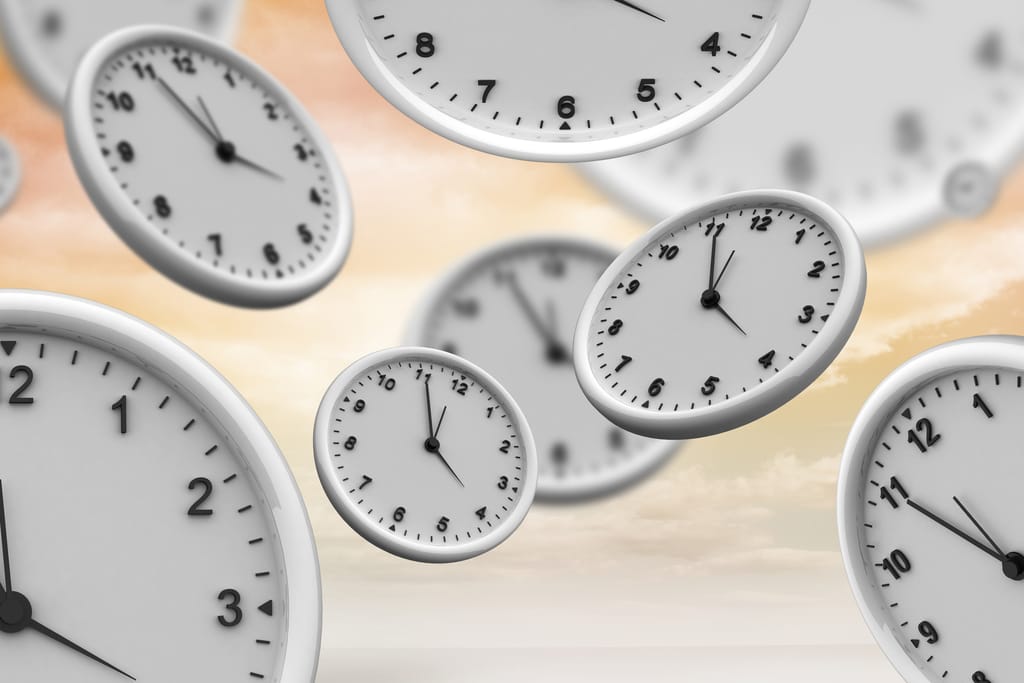What is Chronotherapy?
Chronotherapy is a type of therapeutic practice based on the timing of medicines and other treatments to balance bedtime. The treatment is used to help manage conditions such as sleep disorders, depression, and other mental health conditions.
Chronotherapy is appropriate when the patient’s sleep-wake pattern is out of sync with the external environment. The practice can further help deal with cancer, heart disease, and other conditions.
There are various types of chronotherapy. The most typical type involves the timing of medication doses. This means giving medications at different times of the day to help treat a condition. For example, someone with depression might receive medication in the morning and in the evening to help enhance their mood.
Another type of chronotherapy is called light therapy. This treatment consists of exposing a person to sharp light at different times of the day. Light therapy is used to help treat conditions such as seasonal affective disorder (SAD) and circadian rhythm disturbances.
Chronotherapy can also involve using different calendars to help plan treatments. This type of practice is often used to help individuals with cancer. For example, someone with cancer might need to take radiation therapy on specified days of the week. It is a safe and adequate way to treat many medical conditions. It can help improve a person’s quality of life.

Advantages of chronotherapy
People usually think of sleep as a time when the mind and body shut off from the outside world. This is not always the case. Sometimes sleep can be used to therapy to help balance the body’s natural rhythms – a process recognized as chronotherapy. Health specialists utilize it to treat a variety of sleep-related conditions, including insomnia, seasonal affective disorder (SAD), and jet lag. It can also help people with chronic conditions, such as diabetes and high blood pressure, to manage their symptoms.
There are several advantages to chronotherapy. Perhaps the most obvious is that it is a non-invasive treatment. It does not require the use of drugs or surgery, and there are no side effects. It also helps to restore the body’s natural rhythms. This can help to improve health and welfare overall. It can also help to reduce the risk of chronic conditions.
Another advantage of chronotherapy is that it is personalized and tailored to the individual. The treatment plan is based on the person’s specific needs and conditions. This makes it a more effective treatment than many other options available. Finally, it is helpful because it can be implemented at home, which makes it accessible for people to fit the therapy into their busy schedules.

Treating sleep disorders
Chronotherapy works by gradually shifting the patient’s sleep times each day. This is done by going to bed and waking up at a slightly later or earlier time each day. This process allows the body to adjust to the new schedule and develop a healthier sleep pattern. The length of the process depends on the individual and the severity of their sleep disorder.
The therapy can be used to treat a variety of sleep disorders. It can help people with insomnia fall asleep faster and stay asleep for longer. It can also help people who suffer from jet lag adjust more quickly to a new time zone. It can also help people with shift work sleep disorder adjust to frequent changes in their sleep schedule.
Chronotherapy can be beneficial for those who suffer from sleep disorders because it is a safe and non-invasive way to improve their sleep patterns. It can also be used in combination with other treatments such as cognitive behavioral therapy and medications to improve sleep quality.
In addition, chronotherapy does not require the use of any drugs or other treatments, which can be expensive and have potential side effects.

Exploring the History and Origins of Chronotherapy
Chronotherapy has been used in clinical settings since the late 1970s, but its roots go back much further. In this article, we will explore the history and origins of this therapy, and how it is used in modern medicine.
The concept of chronotherapy first appeared in 18th-century Europe, when French physician Jean-Jacques Manget proposed a bioclock that regulated the body’s functions in a 24-hour cycle. He believed that it was possible to control a person’s health by understanding the underlying rhythms of the body.
In the 1950s, American researcher Nathaniel Kleitman discovered the circadian rhythm, a 24-hour cycle that regulates bodily functions such as sleep and metabolism. This discovery led to further research, and in the 1970s, Italian doctor Francesco Viola began using the therapy to treat mental illnesses.
Since then, chronotherapy has been used to treat a variety of medical conditions, including insomnia, depression, bipolar disorder, and even cancer. It is based on the idea that the body has an internal clock that can be manipulated to improve health. The treatment works by adjusting the timing of certain treatments to match the body’s natural rhythms. For example, a person with insomnia might be given a medication that helps them stay asleep at night, or a person with depression might be given a medication that helps them feel better during the day.
Modern chronotherapy also includes lifestyle changes, such as avoiding caffeine and alcohol before bedtime, exercising at the same time every day, and avoiding bright lights at night.

Your circadian rhythm
Chronotherapy is a form of therapy that involves altering your circadian rhythm, or your body’s internal clock, to influence sleep cycles and improve health outcomes. It works by manipulating light exposure, sleep timing, and other environmental cues in order to reset the body’s internal clock. It is believed that by controlling the timing of these cues, the body’s internal clock can be shifted and reset, which in turn can lead to improved health outcomes.
The body’s internal clock is regulated by a number of hormones and neurotransmitters, including melatonin, cortisol, and serotonin. These hormones and neurotransmitters work together to regulate circadian rhythms, which are the body’s daily cycles of activity and rest. These rhythms control our sleep-wake cycle, and when they become disrupted, it can lead to a range of health problems, such as insomnia and other sleep disorders.
Chronotherapy works by manipulating the environmental cues that influence the body’s internal clock. This can include altering the timing of light exposure, sleep timing, and other cues, such as meals and exercise. For instance, a person may be encouraged to wake up and go to bed at specific times, get exposed to natural light during the day, and avoid bright lights at night. Other measures may include using light therapy, taking melatonin supplements, or using other therapies to help reset the body’s internal clock.
Chronotherapy has been shown to be effective in treating a range of sleep disorders, including insomnia and jet lag. It can also be used to help improve mental health outcomes, such as reducing the symptoms of depression and anxiety. The therapy can also help shift workers adjust to their work schedule and improve their overall health and well-being.
Conclusion
Chronotherapy is a treatment that uses the body’s natural rhythmic pattern to help regulate hormones and improve sleep. It involves adjusting when and how medication is taken to coincide with the body’s natural clock. It is a relatively new treatment and scientists need more research to determine its long-term effectiveness.
Reference
- E. (2016, May 12). Chronotherapy | Circadian Rhythms | Biological Rhythms Treatment. Sleep Disorders Guide. https://www.sleepdisordersguide.com/article/sleep-solutions/chronotherapy-circadian-rhythms-biological-rhythms-treatment
- Wikipedia contributors. (2022a, August 21). Chronotherapy (sleep phase). Wikipedia. https://en.wikipedia.org/wiki/Chronotherapy_(sleep_phase)
- Chronotherapy for Treatment of Insomnia. (2022, March 23). Verywell Health. https://www.verywellhealth.com/insomnia-treatment-option-chronotherapy-3015198